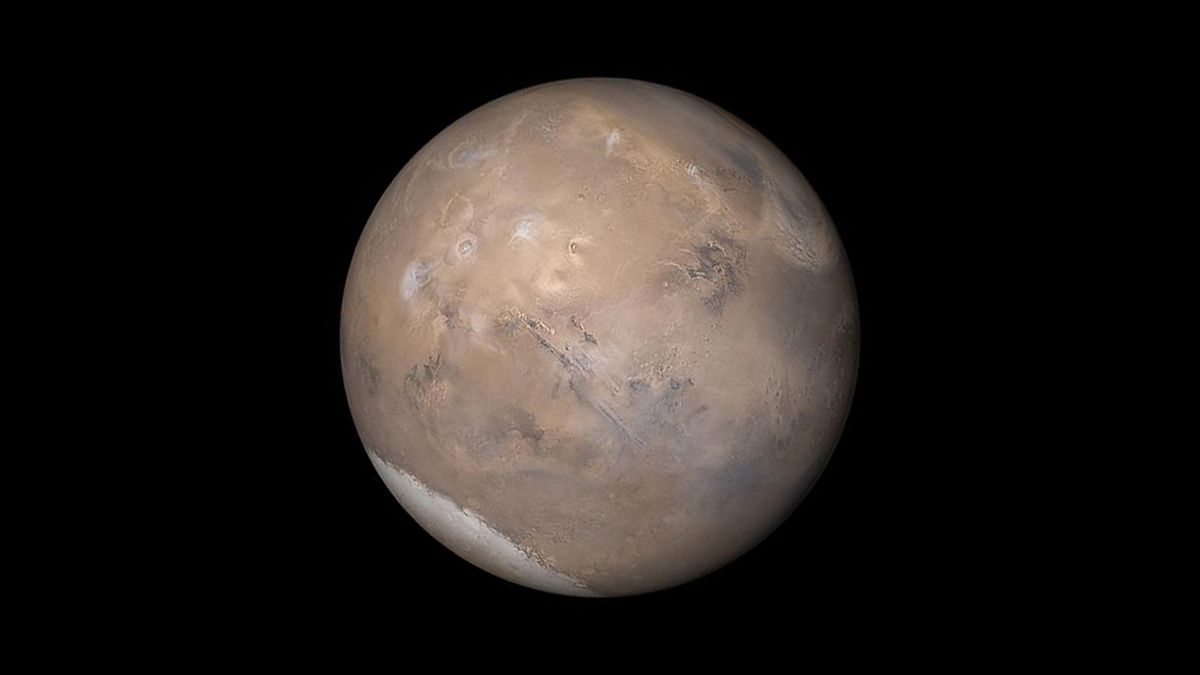
One day, we will bring the samples home March – but, until then, we have to make do with what we have. Fortunately, we actually have some Martian material to work with, thanks meteorites from Mars that crashed into earth.
Certainly, scientists at the University of California, Scripps Institution of Oceanography in San Diego are studying these meteorites and have indeed gained insight into the early formation of the Red Planet. In particular, they have collected information about the structure of the crust and mantle of Mars. of meteorites show that Mars has an atmospherically altered upper crust as well as a deeper complex crust; they also suggest that there is a mantle from which plumes emerge through the crust to produce a special type of volcano. Meteorites have also shown that Mars has visible reservoirs throughout its interior.
“Martian meteorites are the only physical material we have from Mars,” said Scripps Oceanography geologist James Day, lead author of a paper on the search. STATEMENT. “They enable us to make precise and accurate measurements and then quantify the processes that have taken place inside Mars and near the surface of Mars. They provide direct information on the composition of Mars that can ground truth mission science , as follows Rover persistence the operations that take place there”.
Days’ team studied two specific types of Martian meteorites: nakhlites and chassignites. These meteorites formed in a Martian volcanic system about 1.3 billion years ago, were ejected from the planet about 11 million years ago after a meteor impact, and then crashed into Earth. Since then they have been found all over the world.
“By determining that the nakhlites and chassignites are from the same volcanic system and that they interacted with Martian crust that was altered by atmospheric interactions, we can identify a new type of rock on Mars,” Day said.
Connected: ‘Hole’ in Mars making headlines could be crucial to Red Planet exploration
Day sees the similarities and differences between volcanism on Mars and Earth as remarkable. “On the one hand, nakhlites and chassignites formed in ways similar to recent volcanism in places like Oahu in Hawaii. There, newly formed volcanoes suppress the tectonic forces that generate the mantle that produce further volcanism,” he said. “On the other hand, the reservoirs on Mars are extremely ancient, having separated from each other shortly after the formation of the Red Planet. On Earth, plate tectonics has helped to mix the reservoirs back together. time.”
So we’ll ask the question you’re probably asking: How do scientists know these meteorites came from Mars? For one thing, they are very young, geologically speaking, so they must have originated from a recently active planet. But perhaps most importantly, meteorites contain the composition of Martian atmospherewhich was measured by NASAS ‘ Viking Landing in the 1970s. And until we’re able to bring back samples from the Martian surface, we’ll have to work with the next best thing.
A paper on team work was published on May 31 in the journal Science Advances.
#Martian #meteorites #reveal #clues #whats #Red #Planet
Image Source : www.space.com



